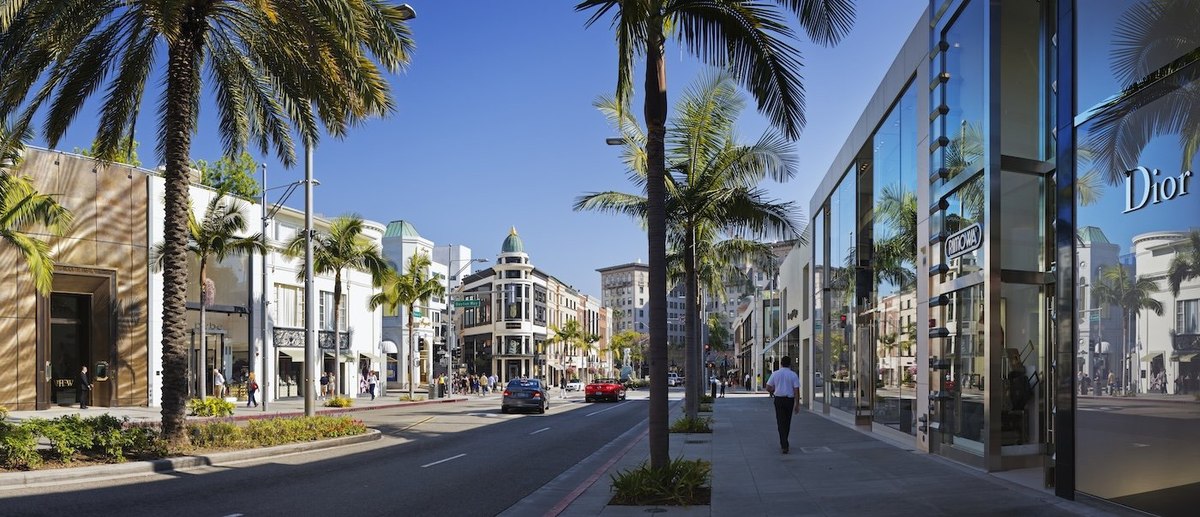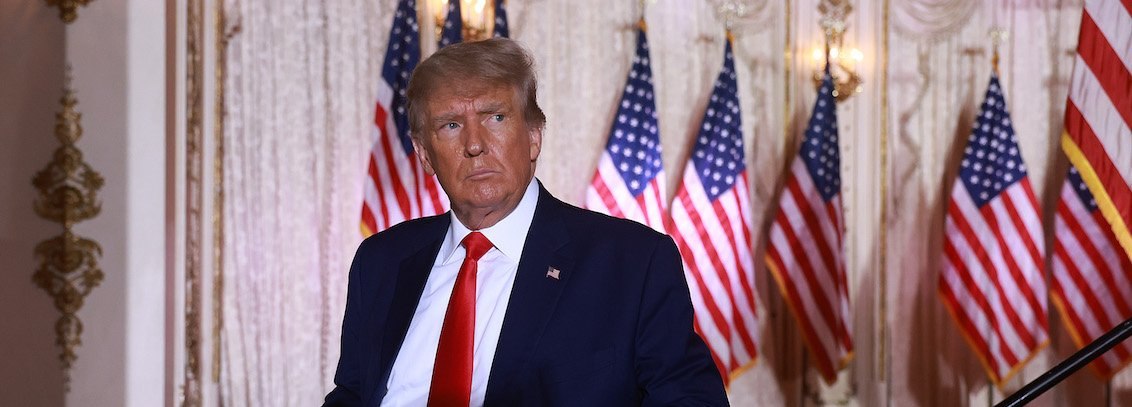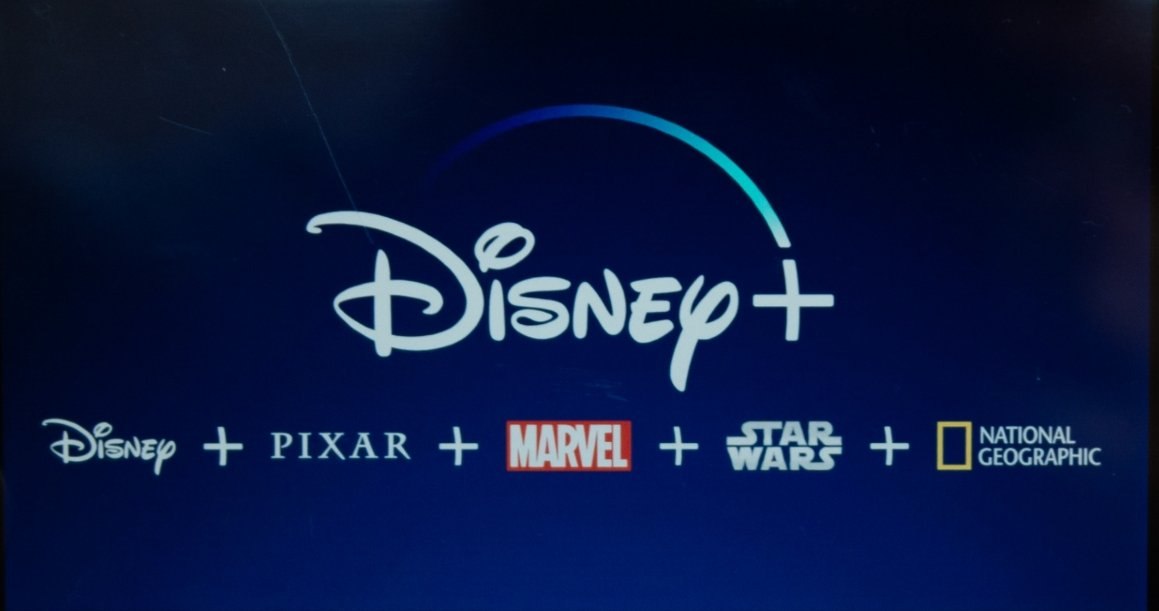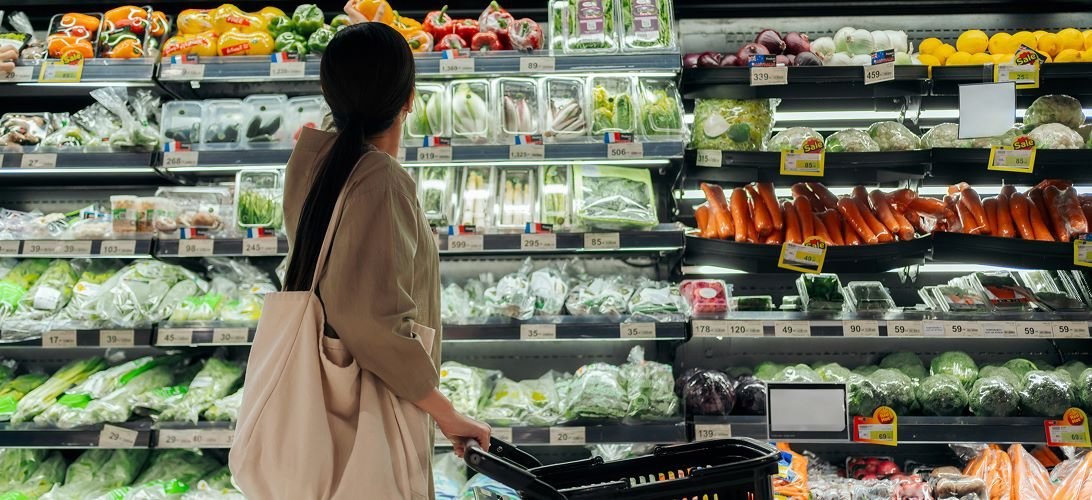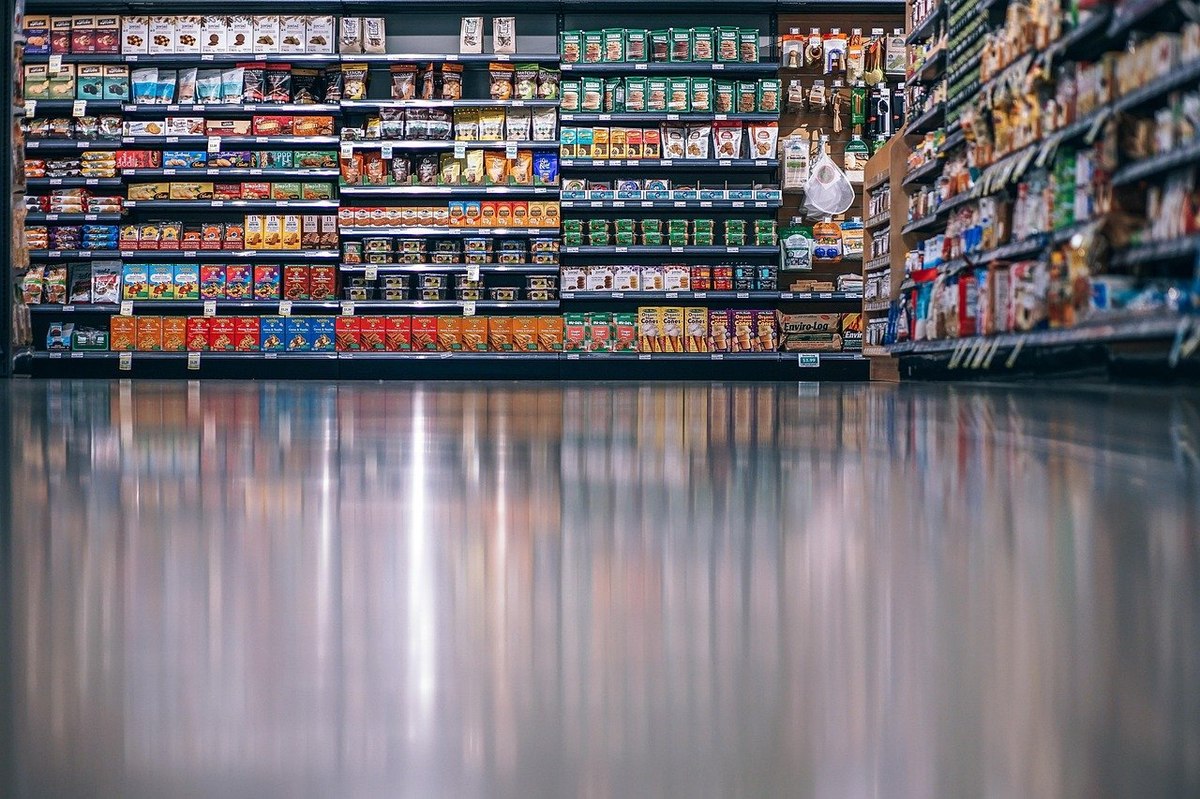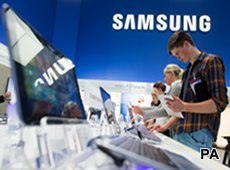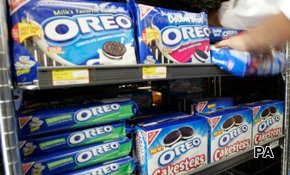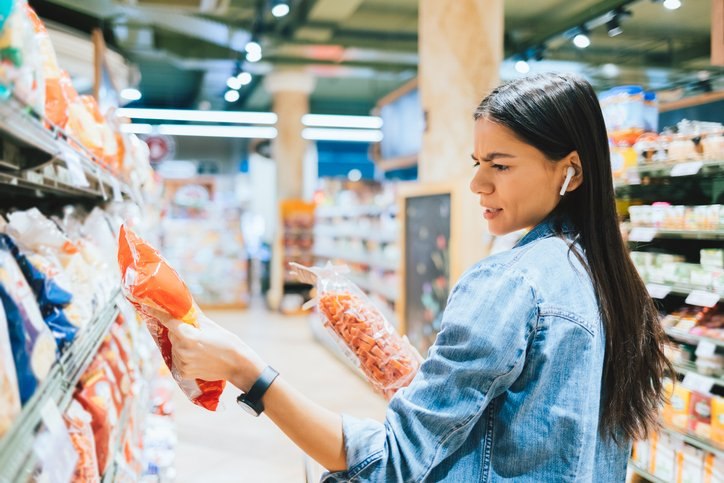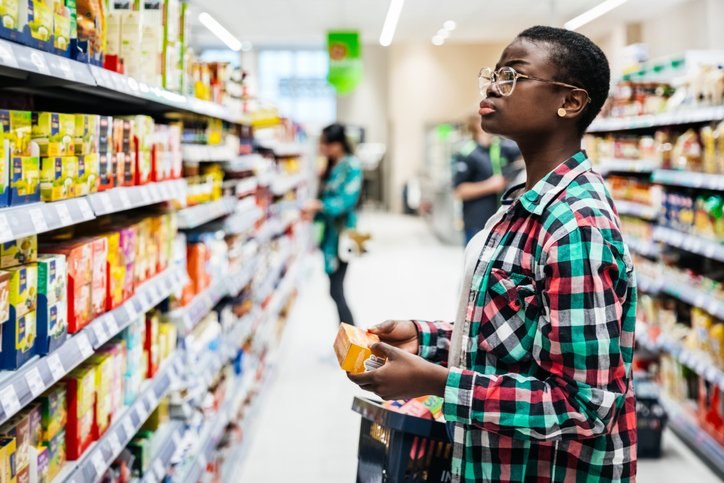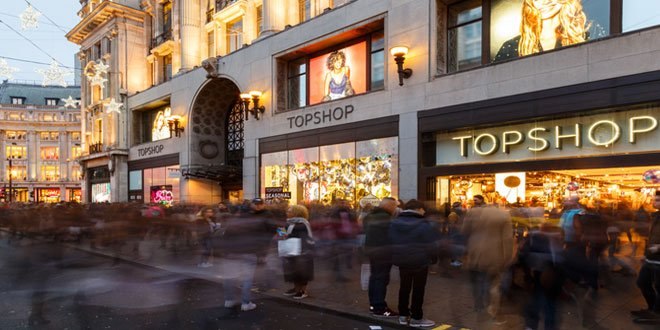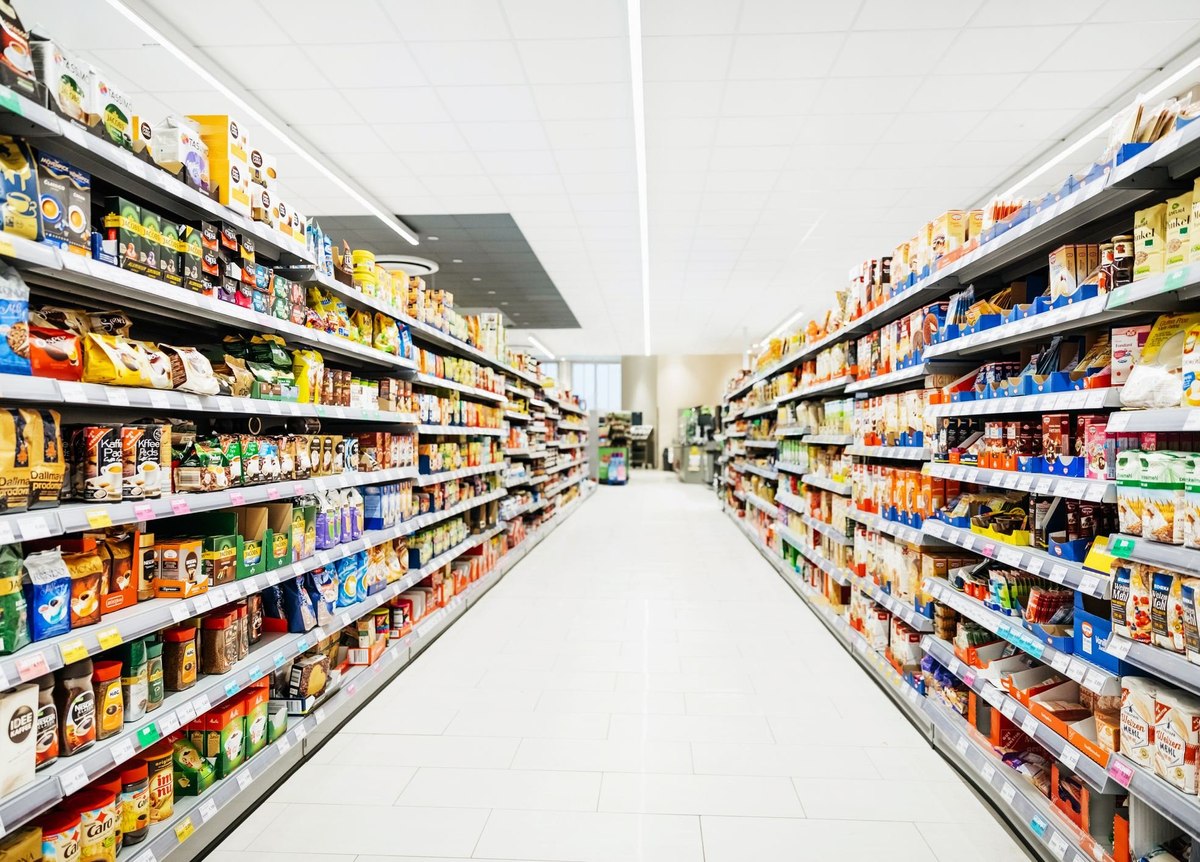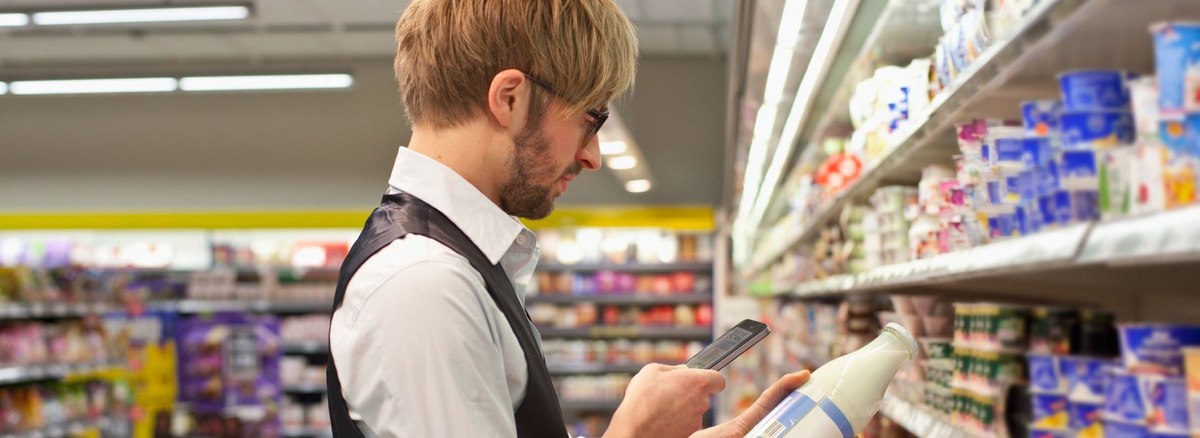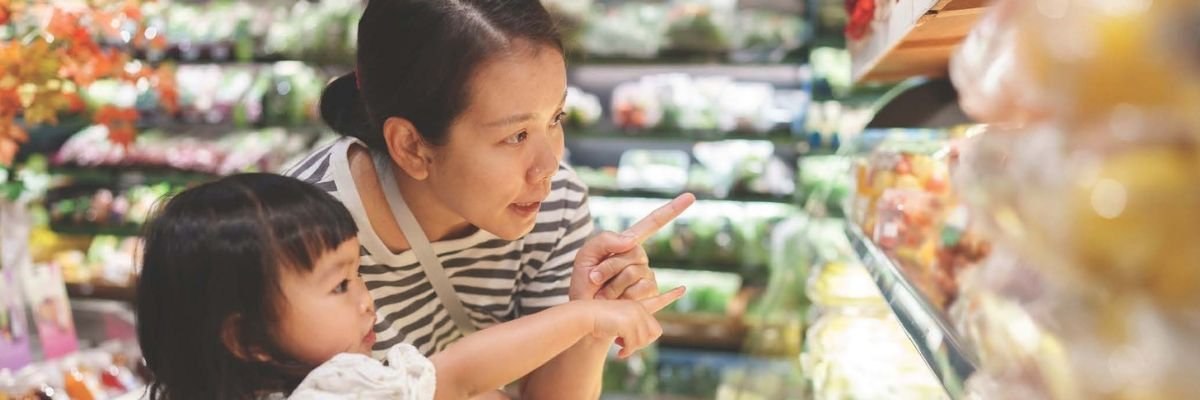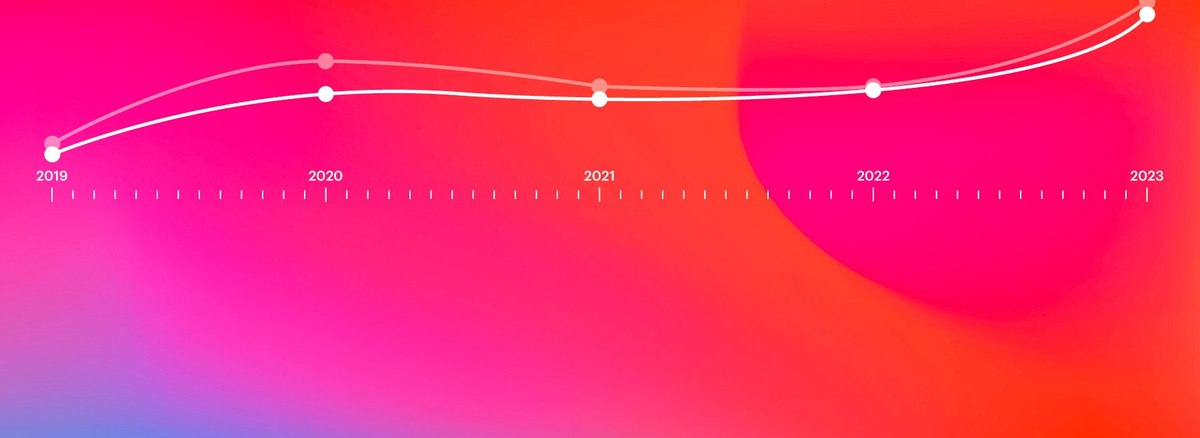
4 ways to leverage BrandIndex when budgets are tight
The ability to track consumer perceptions toward your brand is critical to informing marketing strategy, but it becomes even more powerful when you can monitor changes on a daily basis and drill down into specific audience segments. YouGov’s BrandIndex platform allows companies to evaluate their brand’s health across 16 key metrics, leveraging our panel of 24+ million consumers in 54 markets worldwide.
Building on YouGov’s brand tracking starter guide, this article explores four ways YouGov BrandIndex clients are maximizing their consumer insights budgets and saving on custom research.
Jump to the approach that’s most relevant to you:
- Monitor brand crises and PR events
- Measure advertising campaigns and sponsorships
- Identify unknown competitive threats
- Isolate local market brand strengths
Conversely, watch YouGov's explainer video detailing the tactics presented in this article:
1. Crisis and PR Monitoring
While not a scenario any brand wants to encounter, PR teams and agencies often leverage BrandIndex to assess the impact of a reputational crisis. YouGov’s daily brand tracking surveys enable timely brand health monitoring that can quickly determine the extent an issue is having on consumer opinions of the brand and the effectiveness of the crisis response.
Let’s look at the impact of 2022 holiday flight cancellations on the brand health of Southwest Airlines, a topic we covered in the immediate aftermath, in mid-January 2023 and again in early February.
YouGov BrandIndex clients quickly analyze brand health by toggling through 16 unique metrics, many of which directly support crisis and PR monitoring. Two specific metrics immediately quantify the scale of a possible crisis:
- Word of Mouth, the overall percentage of people talking about a brand, shows that Southwest Airlines saw a rapid spike as news coverage escalated.
- Net Buzz, which aggregates positive and negative conversations over the preceding two weeks, also dipped sharply as the crisis unfolded, then regained as Southwest worked to compensate impacted travelers.
In addition to media-focused metrics like Word of Mouth and Buzz, BrandIndex users also look at lower-funnel measures such as Consideration, Purchase Intent or even Current Customer % to understand the true impact of a crisis on a brand’s bottom line.
With historical data going back 15+ years, BrandIndex users can easily compare the severity of a brand health crisis and path to recovery with the trajectory of other brands who have experienced similar challenges, like companies involved in the 2008 banking crisis or brands boycotted because of various responses to advertising.
2. Ad and Sponsorship Effectiveness
Campaign managers, sponsorship leads and media agencies often utilize BrandIndex to evaluate the return on their advertising and sponsorship investments at scale, without needing to commission pre- and post-campaign brand lift surveys for every campaign.
Let’s take a look at Diageo’s Crown Royal, who invested heavily in its first-ever Super Bowl ad campaign in February 2023.
While YouGov’s Super Bowl Advertising Effectiveness Report found that 54% of the general population tuned in for the big event, we’ll filter down to the 21% of Americans who say the NFL is one of their top interests.
Of the 16 brand health metrics YouGov monitors every day, Ad Awareness, which tracks whether a consumer has seen or heard an advertisement in the past two weeks, most directly allows Brandindex users to understand the immediate success of a campaign.
BrandIndex shows a strong lift in Ad Awareness in the days following the Super Bowl among NFL fans, while scores remain relatively stable among those without interest in the NFL.
A similar story appears when looking at Purchase Consideration, which asks if a consumer would consider a brand the next time they are in the market for a purchase from the category.
Considering the significant increases in Ad Awareness and Purchase Consideration among NFL fans, the team at Anomaly behind this Crown Royal campaign could very easily prove return on investment to their clients at Diageo.
This approach is replicable for just about any target market, whether it’s Denver-based dog owners, NHL fans who ride bikes, or TikTok users who spend $5,000+ on travel every year.
3. Identifying Your Biggest Competitive Threats
Another use case for BrandIndex is uncovering competitive threats with the rankings feature. This enables companies to identify which competitors they may be losing customers to so they can refine their business growth strategy.
In the United States alone, YouGov monitors 2,000+ brands in 50+ business sectors. Brand data does not exist in a vacuum. Instead, it can be compared to any other insight in YouGov’s connected data ecosystem.
For instance, using the “Former Customer” metric, Wendy’s can quickly see that nearly 70% of Americans have ever purchased from their restaurants. They can also see that 17% of Americans purchased from them in the past 30 days, while former customers – those who previously purchased the brand, but not in the last 30 days – make up the other 50%+ of Americans.
And they can also combine these analyses to dig much deeper. Ranking former Wendy’s Customers by the percentage who have eaten at a competitor between January and March 2023, it’s easy to see that more than a third have headed over to McDonald’s, and a few chicken-focused fast-food restaurants are winning former customers of Wendy’s as well.
Again, like any analysis in BrandIndex, this can be further filtered by a variety of other important attributes.
4. Isolate local market brand strengths
With over 5,000 daily interviews and 2 million annual interviews in the US alone, BrandIndex clients also leverage granular filtering to measure brand performance by region or market. This allows brand marketers to uncover impactful regional insights or measure brand lift from local campaigns.
One of the key brand health metrics YouGov measures is Recommendation score, an NPS® style diagnostics approach that gives marketers the full picture on what drives existing and potential promoters.
YouGov’s annual Recommend Rankings in 2022 uncovered that the brand recommended by the highest percentage of customers in the US was H-E-B, a Texas-based grocer with most of its stores in the southern part of the state.
To dig into this finding further, a brand strategist could specifically analyze consumers in Houston, San Antonio and Austin based on H-E-B's Value score compared to all other grocers in those DMAs. Value is a measure of whether or not a brand represents a good value or poor for money.
Comparing how Texans in these DMAs who are aware of H-E-B feel about the grocer to how they feel about other grocery stores, we can see that H-E-B is 5 to 8 times more likely to be considered a better value.
Conclusion
These are just a few of the popular reasons clients use BrandIndex, but with virtually unlimited combinations of filtering available, it’s really just the beginning. Get in touch to further explore these use cases or to discuss how BrandIndex can help generate insights for you.
About YouGov BrandIndex
- Powerful, daily brand and competitor tracking
- 27,000+ brands tracked globally
- 24+ million panelists
- Measure brand health and informed decision-making
